Many people refer to young onion plants as either Green Onions or Scallions. However, contrary to popular belief, they are not identical.
Both Green Onions and Scallions belong to the Lily family. However, Green Onions, Allium Cape, are ordinary onions which are harvested before their bulbs develop. While Scallions, Allium Fistulosum, do not form bulbs but clump together instead; hence the nickname Bunching Onions.
Considering that both plants look the same, taste similar, and are used in similar recipes, it is easy to understand the confusion.
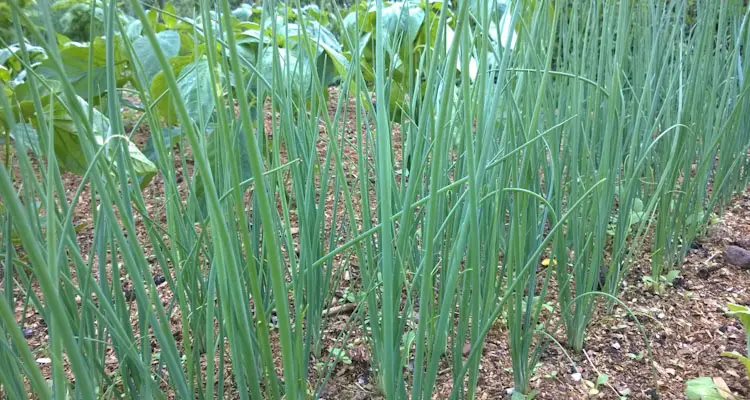
However, you can often tell them apart by the shape of the cross-section below their leaves. Scallions generally have “O” shaped stems, while Green Onions have a flat side, resembling a “D.”
This article will explore some differences between Green onions and Scallions, taking a closer look at the latter and why you should have at least one plant in your garden.
3 Differences Between Green Onions And Scallions
Most people associate Scallions with all types of onion plants that have not yet produced bulbs. It is generally accepted that they are one and the same. However, Scallions and Green onions are not the same, and knowing how to tell them apart can make a big difference in your recipes.
1. Scallions Do Not Produce Bulbs
Unlike Green Onions, Scallions do not produce bulbs, even when they mature. Initially, young, bulb-less green onions are referred to as Scallions and even labeled as such at supermarkets.
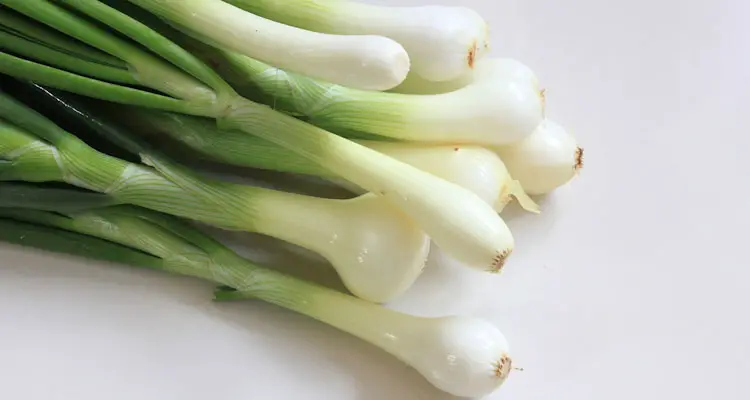
However, as the Green Onions mature, the bulb starts to swell, while Scallions start forming multiple clumps of plants.
In some countries, it all boils down to a matter of choice. For example, many people refer to Scallions simply as Bunching Onions, which makes a clear distinction.
2. Green Onion Has A More Intense Flavor
Green Onions are just that, young onions. So it should be no surprise that they have intense, spicy flavors. In some cases, they are as extreme or more so than their mature counterpart. Whereas, Scallions are much milder.
As a result, you must be careful when preparing dishes that specifically ask for one or the other, adjusting the quantity accordingly.
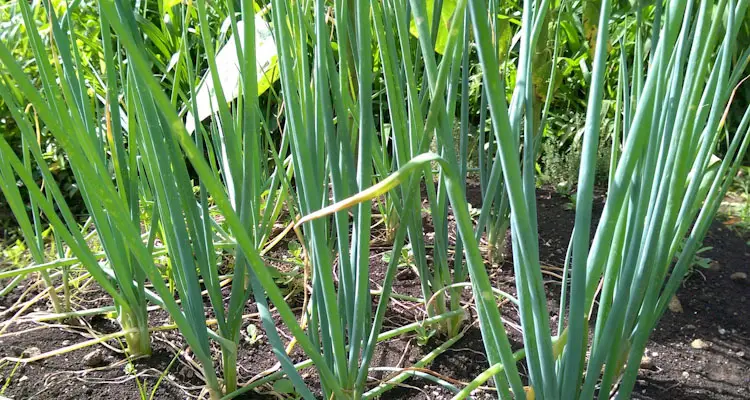
3. Cross-Section Shape Of Their Stems
As mentioned before, one of the easiest ways to tell the plant apart is the shape of the cross-section of the stem.
Green onions, known botanically as Allium Cepa, have a flat side on the inner portion of each stem, resulting in a “D” shaped tube below the leaves. On the other hand, Scallions, Allium Fistulosum, have “O” shaped stem tubes.
This difference is due to how the plants grow, with Scallion’s separation into individual plants.
Can Scallions be substituted For Onions?
Scallions can be used as a substitute for onions. Still, measurements must be adjusted to suit the variety and personal preferences. Scallions typically have milder flavors than onions and require less cooking. So you will have to take this into consideration when using them.
Size-wise, one small onion will yield about ½ cup when cut into pieces, equating to about 4 large stalls of bunching onions or six medium-sized ones. However, the flavor will not be equivalent due to the nature of the plants.
Basically, if you intend to use Scallions as a substitute for onions, adjust the amount to suit your personal taste.
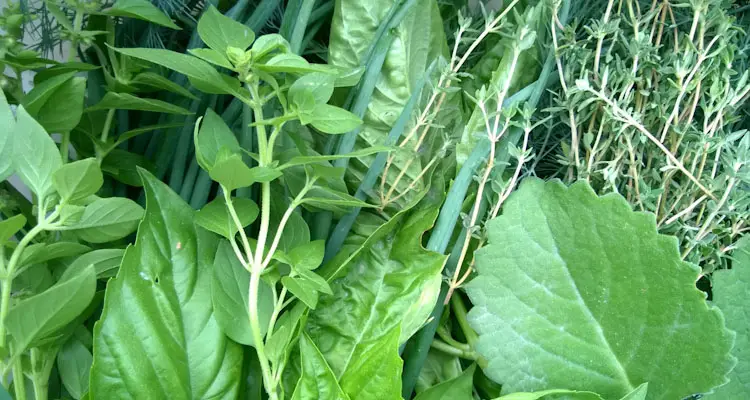
What To Do With Bunching Onions?
Bunching onions, or scallions, have similar, albeit milder, flavor to ordinary onions. Their leaves are edible and can be eaten raw. However, they are usually used as a seasoning.
You can use Bunching onions to flavor various dishes, including stews, soups, and stir-fries. It is used to season meats and is the main ingredient in Caribbean Green Seasoning blends.
Alternatively, it can be dried, flaked, and mixed with other herbs or used as a garnish to add a mild onion-like flavor to sauces and other condiments.
Can Scallions Grow In Water?
Scallions produce roots quickly when their stalks are immersed in water. They will continue to grow provided they receive adequate sunlight, nutrients, and regular water changes.
You can quickly grow Scallions in Hydroponic or Aquaponic systems. Both systems provide well-aerated, nutrient-rich water, which is ideal for the rapid, healthy growth of the plant. However, some people might argue about a possible loss in flavor.
You can plant bunching onion starts directly into the water or use a substrate such as Hydroton, or expanded clay pellets, which will support the plant.
When Do Scallions Flower?
Scallions typically produce flowers about 3 to 4 months after transplanting, with the exact time affected by variety, temperature, and other growing conditions.
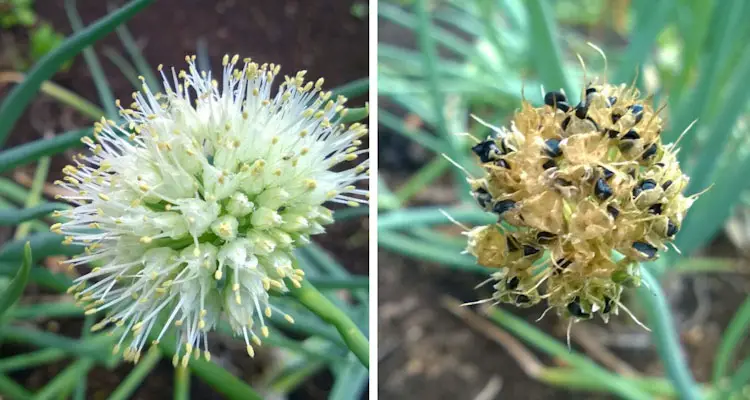
The flowers are typically white with yellow at the tip and are radial, resembling a starburst. As they mature, they change to brown, with black seeds becoming visible when they are mature and ready to be harvested.
The plant will continue to divide while flowering, with the stalk becoming the noticeable difference in appearance and texture.
Final Thoughts
Both Green onions and Scallions play essential parts in preparing tasty culinary delights. They come in handy, especially in the absence of onion bulbs.
While they are often mistaken for each other, they possess some characteristics that set them apart visually and biologically. Nevertheless, they are both easy to grow and helpful at your disposal.
I guess it’s no surprise that both Scallions and Green Onions are sold in the local market as part of a Chive and Thyme bundle. However, that is a story for an entirely different article.
Related Questions
How Do You Cut Scallions While Harvesting?
To harvest scallions, you can cut outer leaves, carefully separate individual stalks from the clump, or root up the entire bunch of plants, separating afterward. Trim excess roots, then remove dirt and any discolored or damaged leaves. Then wash and use or place in a sealed bag and store in the crisper section of the refrigerator.
What Is A Bunching Onion?
Bunching onions, also known as Scallions, are Allium plants that do not form bulbs but multiply into clumps. They are perennial herbs native to Northern China, with several varieties grown worldwide. They are used primarily in cooking but also have several nutritional and general health benefits.
Can You Eat Scallions That Have Flowered?
Yes, you can eat scallions that have flowered, but the stalk is thicker, and the flavor is a bit bland, both of which are undesirable in most recipes. Preferably you should harvest from other plants in a clump and allow the flower to go to seed, which would then allow you to have an endless supply of bunching onions.
References
Missouri Botanical Gardens. Allium Fistulosum. missouribotanicalgarden.org. Accessed June 2022
Real Food Encyclopedia. Scallions And Green Onions. foodprint.org. Access June 2022
USDA Plant Database. Allium Fistulosum. plants.usda.gov. Accessed June 2022
